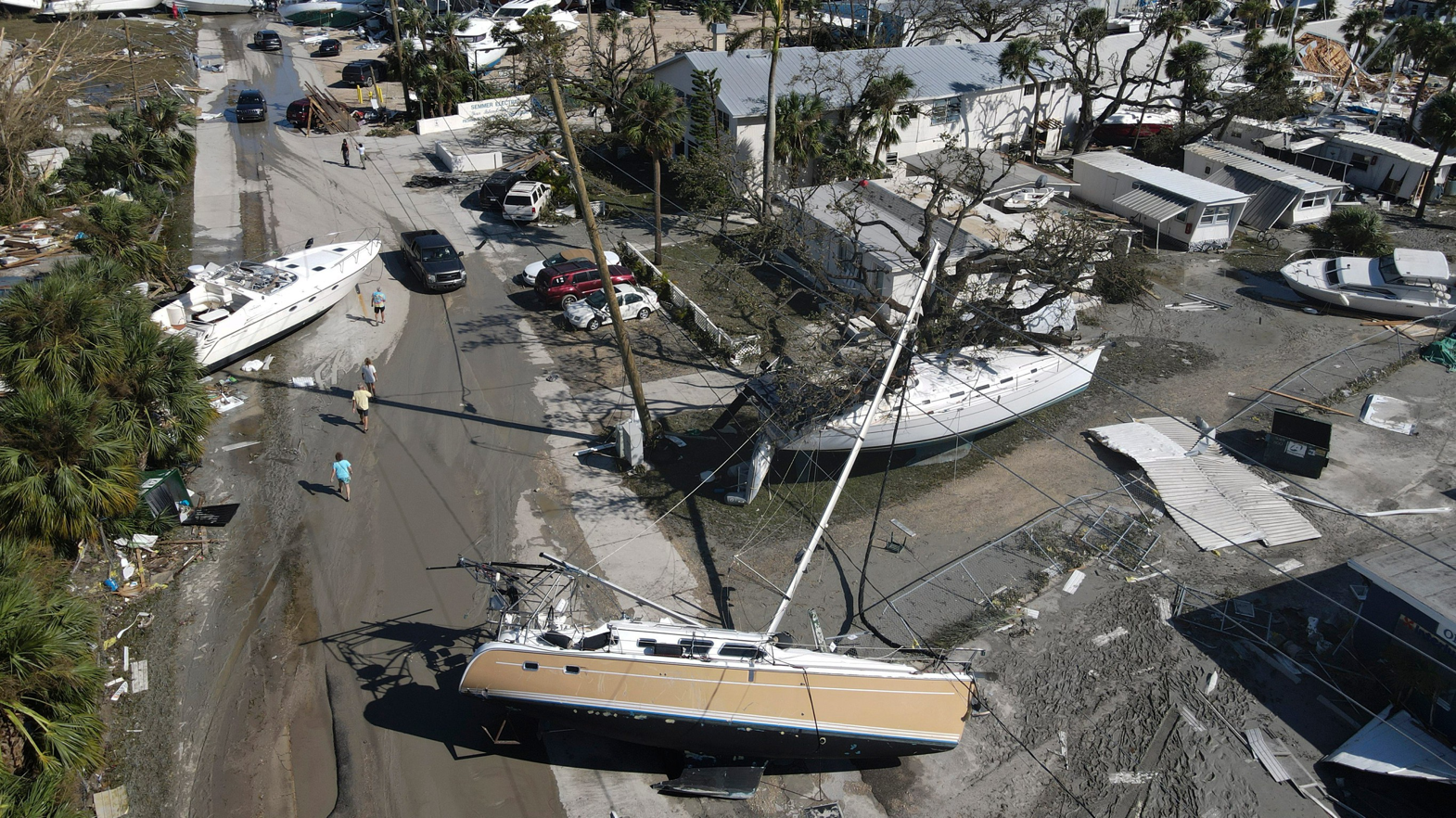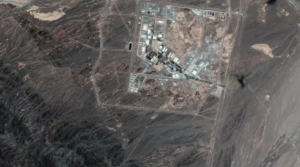Updated 11:20 am EDT Oct. 5, 2022
The Venezuelan migrants were cold and disoriented, wandering streets in Queens, New York, looking for a white van that would shuttle them to jobs cleaning up after Hurricane Ian in Florida.
They didn’t find the vehicle. Instead, community organizers discouraged the migrants from taking a job with people they didn’t know. The whole thing, they warned, was a scam.
“It sounds like human trafficking,” said Ariadna Phillips, of community organizers South Bronx Mutual Aid, who intercepted the migrants and steered them to a shelter. “They recruit migrants, take them down there, don’t pay them and get them deported. We’ve seen it with other hurricanes.”
Immigrant workers from Mexico, Venezuela, Guatemala, Honduras and other countries are often at the center of the multibillion-dollar disaster recovery industry, and the aftermath of Hurricane Ian probably will be different. Experts predict migrants will descend on Florida to help repair properties after the deadly storm, putting their lives at danger for little pay.
The death toll in Florida climbed to 75 on Tuesday. As rescue teams searched storm-ravaged homes and businesses, many contractors and homeowners beganseeking help to try to salvage the miles of battered homes left in the storm’s wake.
But the migrant workers who repair communities are sometimes not paid fair wages.
Phillips said she spoke with two men, cousins from Venezuela, who crossed into the United States through Texas, then were bused by state authorities to New York and dropped off at the Port Authority Bus Terminal in Manhattan a few days ago. Homeless and penniless, they heard about the job opportunity via WhatsApp and made their way to Queens. Phillips doesn’t know who’s recruiting them, but she and other community groups are investigating, she said.
She said other organizers have been in contact with Venezuelan migrants who took the jobs and went to Florida but are already being told their initial wages will be used to cover transport and housing.
“It’s wage theft and exploitation,” Phillips said.
Others groups have sought to protect migrant laborers from unscrupulous employers.
Workers with Resilience Force, a New Orleans-based advocacy group that follows migrants to disaster sites to monitor working conditions, arrived in southwest Florida days after Ian made landfall and began scouring the area, meeting migrant laborers congregating at Home Depots or in other areas and fielding phone calls from contractors looking to hire workers.
Resilience Force has witnessed workers slide off roofs and get hurt without receiving any compensation, be denied thousands of dollars in pay, and have contractors call Immigration and Customs Enforcement on undocumented workers rather than pay them what they’re owed, said Saket Soni, the group’s executive director.
Migrant laborers also wade through contaminated, flooded homes and businesses to make repairs, often jobs no one else is willing to do, he said.
“They’re the bread and butter of this dirty and dangerous work,” Soni said.
For the past several years, migrant workers have arrived as the main labor force rebuilding cities after natural disasters, said Ariel Ruiz Soto, a policy analyst with the Migration Policy Institute. The number of Hondurans who flocked to New Orleans to rebuild the city after Hurricane Katrina was so large that a permanent Honduran community was born, he said.
Many workers at disaster sites are undocumented, which makes them even more vulnerable to abuses, Soto said. In a survey of 361 construction day laborers weeks after heavy rains from Hurricane Harvey flooded Houston, 72% were unauthorized immigrants, according to an institute report he co-wrote.

“There’s a compounded sense of marginalization of migrants” at disaster sites, Soto said. “It’s something that already exists and is magnified during catastrophic events.”
Since 1980, the United States has sustained 332 weather and climate disasters, totaling more than $2.275 trillion in losses adjusted for inflation, according to the National Oceanic and Atmospheric Administration. This year through July, there have been nine climate disaster events in the United States, with losses exceeding $1 billion each, according to NOAA.
Some contractors have grown so wealthy working disaster sites that they now have private equity owners and institutional investors, Soni said.
“The argument that the industry cannot afford to pay workers is no longer true,” he said. “There are now billions of dollars circulating in this industry.”
Migrant workers are often recruited through ads on social media sites like WhatsApp and flyers distributed at migrant shelters, Soni said.
In March 2020, labor brokers recruited Venezuelan migrants from Miami to work in Michigan after heavy rainfalls led to historic floods there, he said. The workers were never paid what they were owed, and the company that recruited them violated the state’s COVID-19 safety protocols, which led to many of them getting sick.
“Labor brokers routinely offer good rates, but when workers arrive in the disaster zone, the promises turn out to be false,” Soni said. “It amounts to recruitment by fraud.”
Many of the recently arrived Venezuelans and Colombians who crossed into the United States via Texas and were bused to New York, Washington or Chicago may be particularly vulnerable because court backlogs mean it could take at least two years for them to get permission to legally work, said Camille Mackler, founder and executive director of Immigrant ARC, a New York-based coalition of immigration attorneys and legal groups.
Many turn to companies willing to pay them off the books.
“Immigrants, particularly undocumented immigrants, are always more vulnerable to unscrupulous employers,” she said.
William Lopez, 40, a native of Honduras, came to Florida on Saturday from his home in New Orleans eager to find work.
On Tuesday, he huddled with other migrants at a Home Depot in Port Charlotte, hoping for a chance to rebuild the fields of broken homes around him. If he was lucky enough to be hired, it probably would be dangerous work, he knew, and he probably would earn less than a U.S. citizen doing the same labor.
“We’re risking everything to come out here,” he said. “But we want to help rebuild Florida. We’re on the front lines.”
After Lopez arrived in Florida this weekend, he spent days sleeping in his truck and had scant access to food. He has worked in disaster zones before as a roofer and sheetrock installer, including in the Florida Panhandle after Hurricane Michael in 2018 and Hurricane Ida last year in Louisiana.
In 2021, employers stiffed him out of more than $12,000 in promised pay, he said.
This time, he hoped he could work and get paid what he was owed.
Follow Jervis on Twitter: @MrRJervis.




